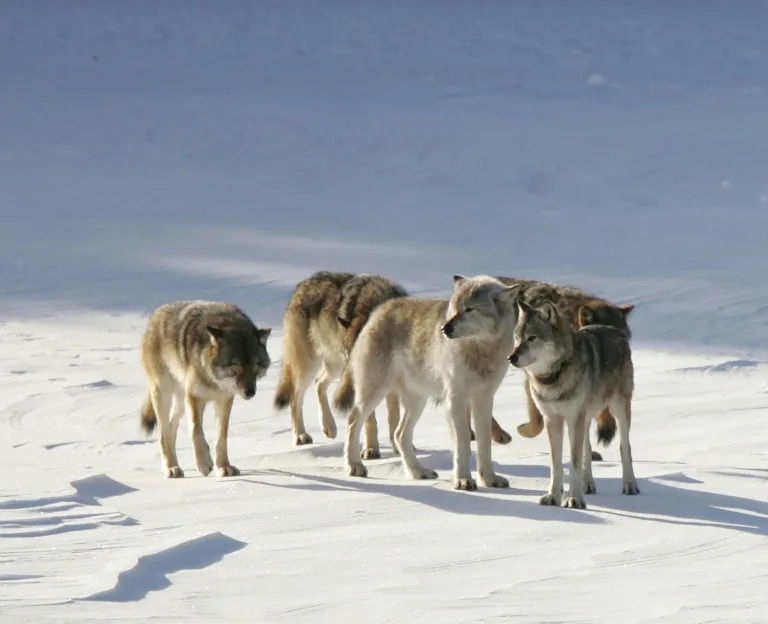|
|
Dear Terry, Idaho’s extermination of wolves is threatening the entire
Yellowstone and Northern Rockies wolf recovery effort. The state of Idaho
proudly boasts the greatest percentage of contiguous national forest land in
the northern Rockies of the continental United States. Nearly 40% of its
total area is dedicated to national forest public land totaling almost 21
million acres (about the area of Kentucky). This makes Idaho one of the most
important states for biodiversity protection in the nation, which is why
wolves were restored in Idaho as part of the Yellowstone/Northern Rockies
wolf reintroduction program. However, alarming new information obtained
from the Idaho Department of Fish and Game sheds light on the state’s hidden
war on wolves. A note of warning: the
information we share below is deeply disturbing. If you prefer, you can skip
reading this by clicking here to sign the petition to protect wolves, if
desired you can also add your comments. |
|
Recently obtained public records reveal numerous wolves
being left dying in traps longer than the three day required check period, pregnant wolf
mothers killed while their unborn pups were removed presumably for bounty, and
even newborn pups being crushed or poisoned. Many wolves were found with
injuries including shattered teeth from struggling to free themselves, fractured
feet, and missing limbs. Others were found with festering wounds from snares
still embedded in their necks. No other protected species is allowed to be
managed in this way. Nontarget animals maimed or killed in wolf traps and
snares included wolverine, fisher, mountain lions, bobcats, and even pet dogs. |
|
This is
happening RIGHT NOW in our national forests: public land that belongs to
all of us. In 2009, Idaho
agreed to manage wolves as a valued game species according to their delisting
plan with the federal government. What is happening is not fair chase
hunting. This is brutal and inexcusable persecution. The Biden
Administration must uphold their promise to stop this ruthless destruction of
the northern Rockies wolf population by providing emergency protection and
holding the state to reasonable standards in their management of this
essential species. Please join us
in asking Secretary Haaland to end this nightmare today by signing an
emergency listing for wolves in the US northern Rockies. It is completely
within her power and responsibility to save the wolf reintroduction effort
paid for and supported by the American public. |
|
For the Wild Ones, |
|
Suzanne Asha
Stone
Executive Director International Wildlife
Coexistence Network |







.jpg)




.jpg)










